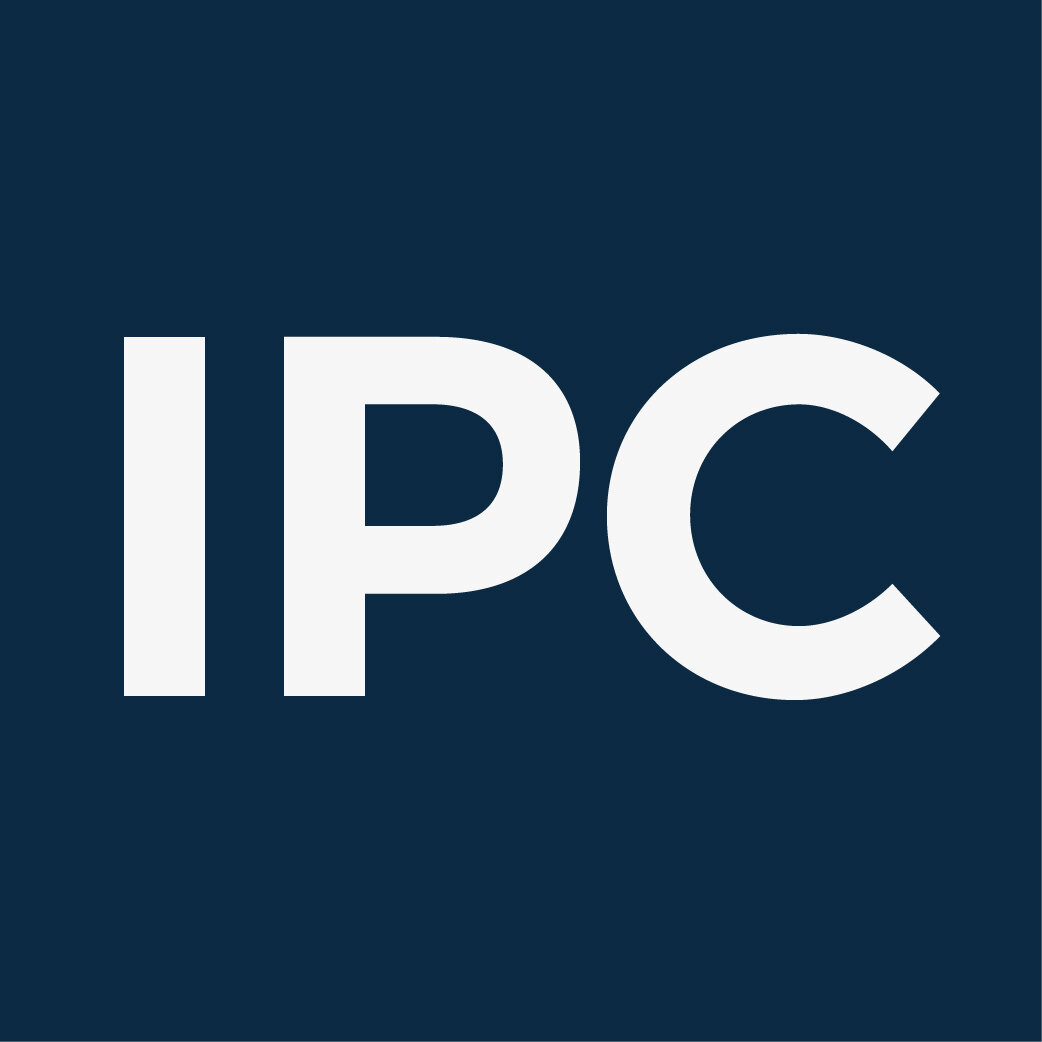Where to begin
Looking to get certified but not sure where to begin? Here we provide an overview of the steps you may need to take to achieve your ambition and the resources available to you.
Determine you requirements
Your organization will need to first determine which standard/s they want to peruse certification for; this maybe a commercial or strategic decision relevant to the direction of the organization.
It’s worth noting here that the majority of ISO Management System Standards are built on a common framework which allows them to be integrated with relative ease so additional standards can always be added in later as the system is developed.
With the standard/s selected, the next step it to determine the scope of certification that is relevant to your organization and its’ processes.
Assess your resources
Your organization needs a management system that conforms to your elected standard and someone, somewhere will need to put pen to paper and develop it. The amount of work required to develop and implement a management system varies substantially based on the chosen standard/s, size of the organization and subsequent complexity. There are two main routes to chose from although you may chose to blend both:
Option 1 - Commit to developing the management system in house allocating human resource as required; it may be beneficial to utilize an external training course relevant to the elected ISO standard to aid familiarization.
Option 2 - Outsource the bulk of the system development to a third party consultancy. ISO management consultants can be a great resource especially if you have a deadline in mind. *Consultants are not a complete solution as they will require your organizational input and most likely have to deliver training to your employees for the subsequent use of the system operationally.
Gap Analysis
The extent of the work required to develop and implement a new management system can be determined by conducting a Gap Analysis. A Gap Analysis is a type of audit that can be carried out internally, by a consultant or by a third party such as IPC; the purpose of the audit is to go through the elected standard/s clause by clause and identify what pre-existing processes, procedures or management structures exist in the organization that fulfill these requirements. Where it is identified that the organization does not have anything in place to meet a requirement, a ‘Gap’ is identified. On completion of this analysis the final report will provide a checklist for the body of work required in developing a consistent and auditable management system.
System development
With the scope of the management system determined and Gap analysis complete, the appointed responsible persons/ party can now begin work to develop the management system tailored to your organization. It’s critical to employ a ‘risk based approach’ when developing your management system as this is arguably the primary purpose of each standard; to minimize the risks related to the elected standard. The standards also put a strong emphasis on ‘continual improvement’, as such they employ the underlying process approach known as PDCA:
Plan: establish the objectives of the system and its processes, and the resources needed to deliver results in accordance with customers’ requirements and the organization’s policies, and identify and address risks and opportunities;
Do: implement what was planned;
Check: monitor and (where applicable) measure processes and the resulting products and services
against policies, objectives, requirements and planned activities, and report the results;
Act: take actions to improve performance, as necessary.
The PDCA cycle is a feedback loop that should be used to refine and develop your management system.
Verify the results
With your management system developed and implemented within your organization it is now important to verify that it is working correctly with good operational controls, and efficient processes. It’s important that the management system is being used as designed and not as separate system run in tandem with day to day operations as this defeats the objective and represents poor value.
Once you are satisfied that the management system is working correctly you can then move on to certification; from this point on your management system will be impartially verified by your independents IPC assessor to ensure continued conformity to the chosen standard.

